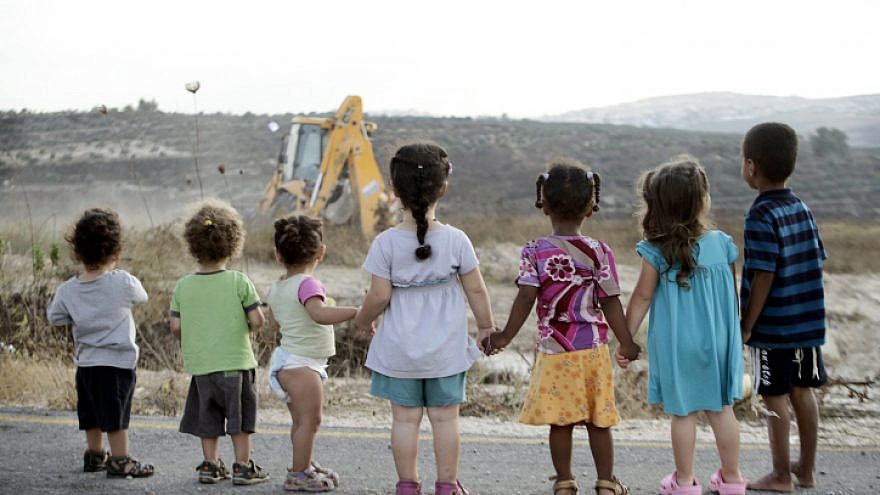There are currently nearly 450,000 Israelis living in Judea and Samaria, according to a report released by the Yesha Council on Tuesday.
In 2008, just before U.S. President Barack Obama took office, population growth in the contentious and historic region was growing by 5.6 percent annually—three times the growth rate of the population of Israel (2.0 percent).
However, the numbers do not include the additional hundreds of thousands of Jewish residents of eastern Jerusalem, which Israel does not consider part of Judea and Samaria, but is relegated to that category by the international community.
Yesha Council chief Hananel Dorani said he was happy that the number of residents was increasing, despite a dearth in housing.
There was a significant drop in the number of housing permits issued during the Obama administration, and a near-total freeze in Judea and Samaria construction projects from November 2009 to September 2010 due to pressure from the administration. Even after the freeze was lifted, the government seriously limited the number of housing permits given in the area. Almost 5,000 homes were approved for construction in 2018 and approximately 1,650 began construction in 2017.
There are currently 133 government-recognized Jewish communities in Judea and Samaria, including Amichai, the first state-sanctioned community to be recognized in the last 15 years. Amichai was erected in 2018, and is home primarily to former residents of Amona, who were evicted as a result of a highly controversial court case determining that the land belonged to an Arab claimant backed by the Peace Now organization. There are also additional communities which are not officially recognized.
The two biggest communities in Judea and Samaria are both home to ultra-Orthodox/haredi Jews: Modi’in Illit, west of Ramallah (72,944), and Beitar Illit, southwest of Jerusalem (58,774), according to Israel’s Ministry of Interior.
The third-largest city is Ma’aleh Adumim in the Judean Desert east of Jerusalem, with 41,220 religious and secular Jewish residents.
All in all, the number of ultra-Orthodox, Orthodox and secular residents was found to be essentially equal.
In 1995, the number of Jews living in Judea and Samaria was found to be 138,600, according to the Central Bureau of Statistics.
In 2009, when Israeli Prime Minister Benjamin Netanyahu took office, the population stood at 296,700.
According to CBS data, births accounted for 71 percent of population growth in 2009, but were responsible for 81 percent of the growth in 2017.
According to Peace Now, 6,962 apartment unit tenders were issued in the last two years, which could increase the Judea and Samaria population by 30,000 people.


























